Jul 12, 2023Expert-Verified Answer question No one rated this answer yet — why not be the first? 😎 monur5195 Potential sources of radioactive material can be located in various places, including: Nuclear Power Plants, Medical Facilities, Industrial and Research Facilities, Uranium Mines and Processing Facilities, Radioactive Waste Storage Sites. 1.
What Are the Five Major Types of Renewable Energy?
Sep 27, 2023To better understand the diversity of radioactive sources, here are some examples: Cobalt-60 (Co-60): Used in radiation therapy to treat cancer and in industrial radiography to inspect welds. Technetium-99m (Tc-99m): Widely used in nuclear medicine for scans and diagnostic studies. Uranium-235 (U-235): Used as fuel in nuclear reactors to
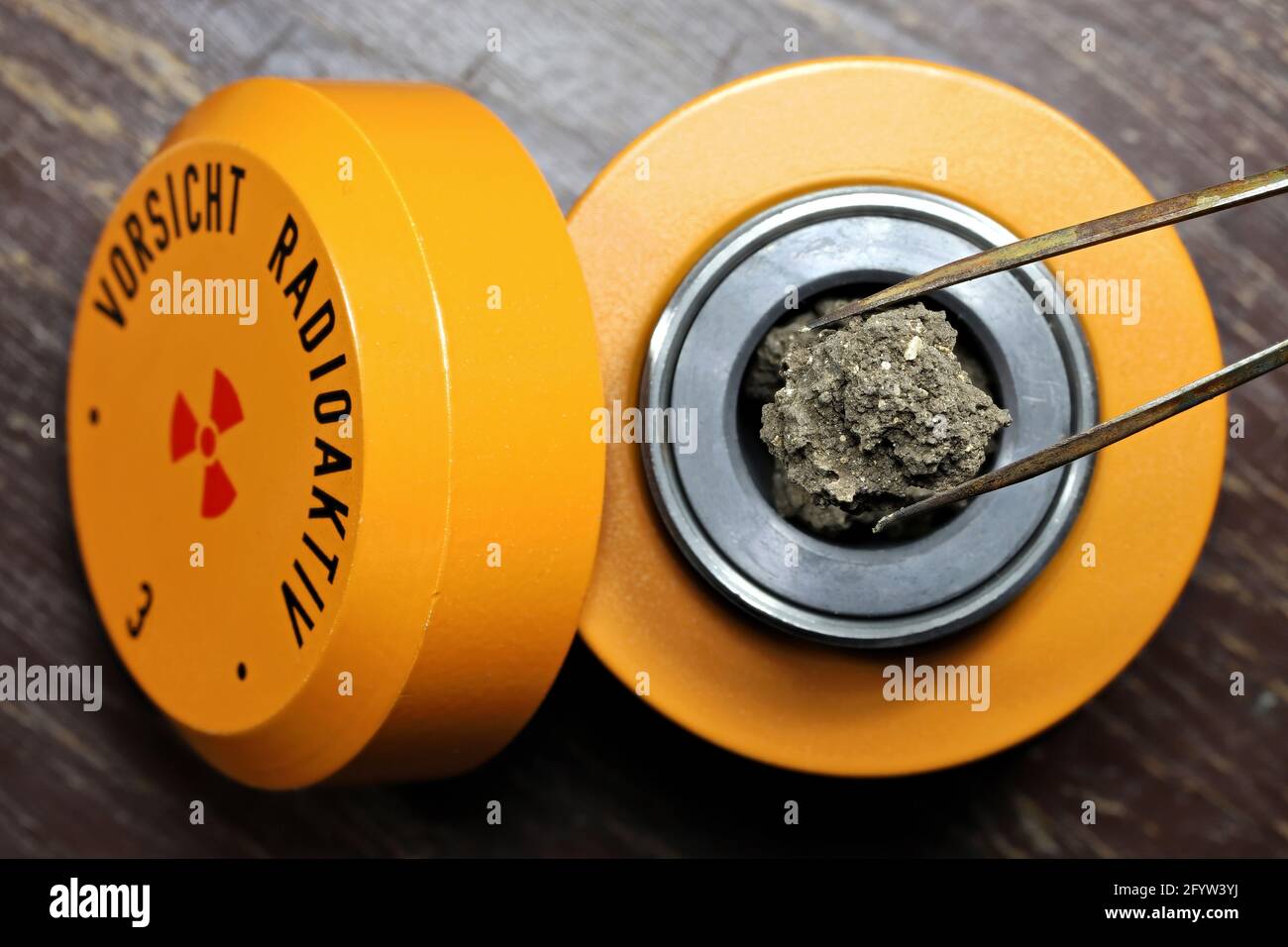
Source Image: alamy.com
Download Image
Nov 21, 2023So, a radioactive material definition would be a substance from which can be detected an outflow of subatomic particles that originated from the atoms within the substance itself emitting energy
Source Image: umanitoba.ca
Download Image
P15. Radioactivity – Mr. Tremblay’s Class Site
The potential health impacts of naturally occurring radioactive materials in groundwater in southern Florida is associated with domestic self-supply wells used for potable supply in geographically limited areas. No exceedances of radioactivity guidelines were found in municipal water supplies of southern Florida.

Source Image: acs.org
Download Image
Potential Sources Of Radioactive Material Can Be Located In
The potential health impacts of naturally occurring radioactive materials in groundwater in southern Florida is associated with domestic self-supply wells used for potable supply in geographically limited areas. No exceedances of radioactivity guidelines were found in municipal water supplies of southern Florida.
Dec 8, 2023Food may contain different types and amounts of naturally-occurring radioactive materials. For example, a small fraction (0.012%) of potassium in foods is radioactive. Additionally, naturally-occurring radioactive materials in the soil can transfer to crops, and fish and shellfish can take up radioactivity from water or sediments.
Extracting uranium from seawater as another source of nuclear fuel – American Chemical Society
Potential sources of radioactive material can be located in: all of the above (hospitals, cancer tx facilities, university labs) What type of radiological weapon uses the energy from splitting the atoms (fission) of special nuclear material to produce devastating effects, including thermal energy, a blast wave, penetrating neutron and gamma
The Science of Nuclear Weapons, Visualized
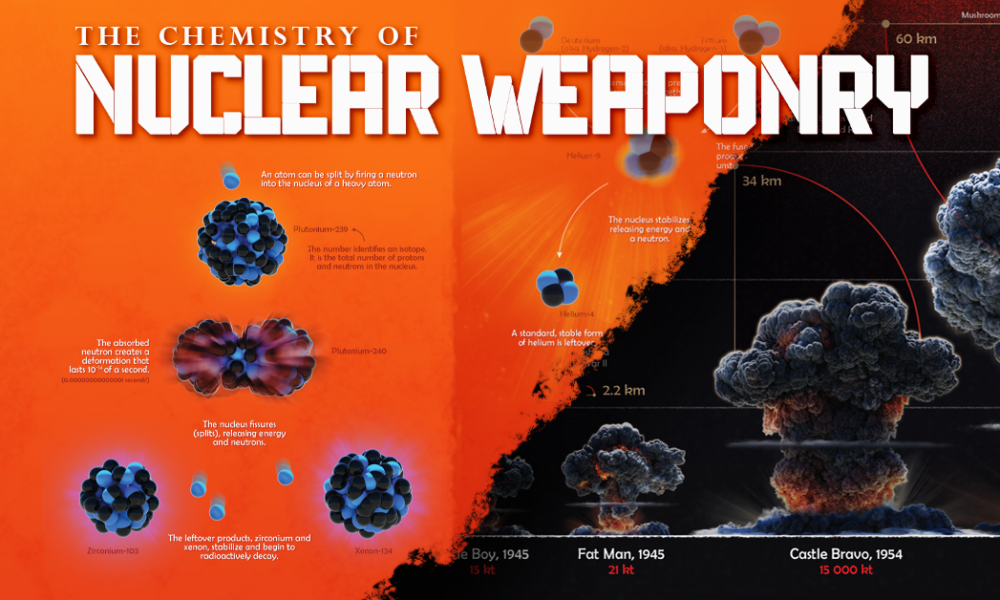
Source Image: visualcapitalist.com
Download Image
Safety and radioactive sources – Nuclear radiation – National 5 Physics Revision – BBC Bitesize
Potential sources of radioactive material can be located in: all of the above (hospitals, cancer tx facilities, university labs) What type of radiological weapon uses the energy from splitting the atoms (fission) of special nuclear material to produce devastating effects, including thermal energy, a blast wave, penetrating neutron and gamma
Source Image: bbc.co.uk
Download Image
What Are the Five Major Types of Renewable Energy?
Jul 12, 2023Expert-Verified Answer question No one rated this answer yet — why not be the first? 😎 monur5195 Potential sources of radioactive material can be located in various places, including: Nuclear Power Plants, Medical Facilities, Industrial and Research Facilities, Uranium Mines and Processing Facilities, Radioactive Waste Storage Sites. 1.
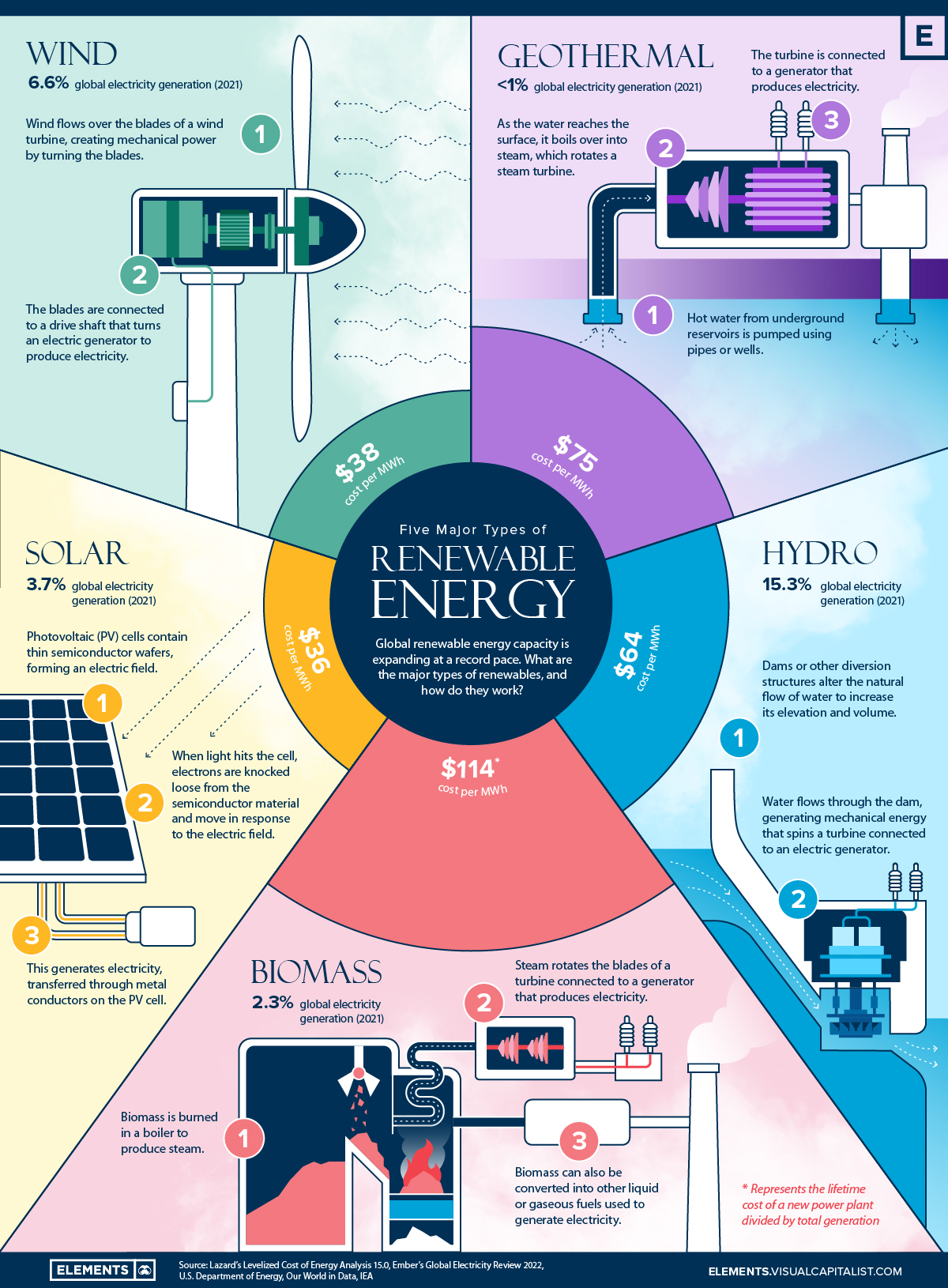
Source Image: visualcapitalist.com
Download Image
P15. Radioactivity – Mr. Tremblay’s Class Site
Nov 21, 2023So, a radioactive material definition would be a substance from which can be detected an outflow of subatomic particles that originated from the atoms within the substance itself emitting energy
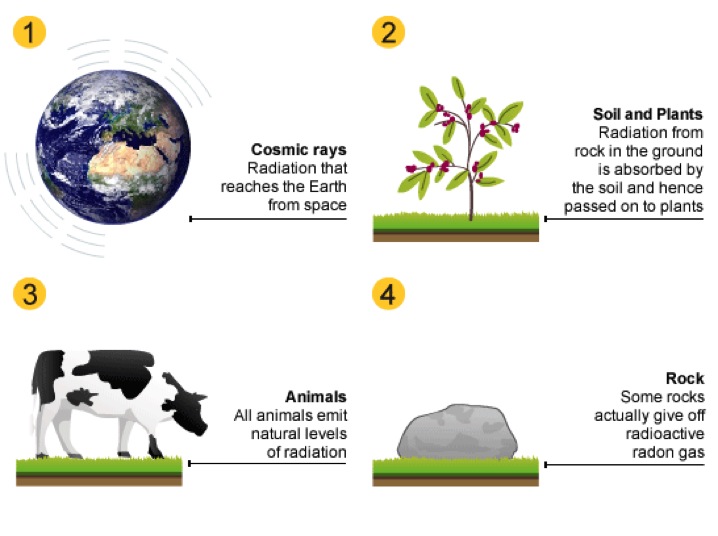
Source Image: mrtremblaycambridge.weebly.com
Download Image
Ensuring security when using radioactive materials in a radiological facility – ScienceDirect
This course provides information about the potential risks and hazards associated with the use of radioactive materials and radiation sources at the Institute. Included are a general awareness of radiation measurement, biological effects, radiation dose limits, background radiation exposures, and uses of radiation/radioactive materials at the

Source Image: sciencedirect.com
Download Image
Google DeepMind AI reveals potential for thousands of new materials | Reuters
The potential health impacts of naturally occurring radioactive materials in groundwater in southern Florida is associated with domestic self-supply wells used for potable supply in geographically limited areas. No exceedances of radioactivity guidelines were found in municipal water supplies of southern Florida.

Source Image: reuters.com
Download Image
Radiation in Healthcare: Imaging Procedures | Radiation | NCEH | CDC
Dec 8, 2023Food may contain different types and amounts of naturally-occurring radioactive materials. For example, a small fraction (0.012%) of potassium in foods is radioactive. Additionally, naturally-occurring radioactive materials in the soil can transfer to crops, and fish and shellfish can take up radioactivity from water or sediments.
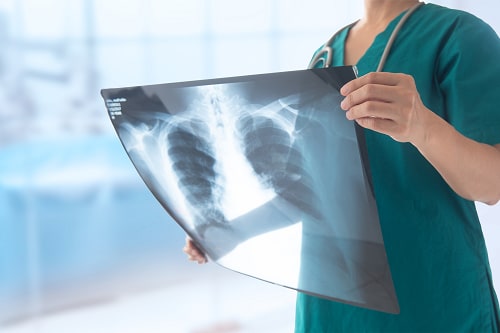
Source Image: cdc.gov
Download Image
Safety and radioactive sources – Nuclear radiation – National 5 Physics Revision – BBC Bitesize
Radiation in Healthcare: Imaging Procedures | Radiation | NCEH | CDC
Sep 27, 2023To better understand the diversity of radioactive sources, here are some examples: Cobalt-60 (Co-60): Used in radiation therapy to treat cancer and in industrial radiography to inspect welds. Technetium-99m (Tc-99m): Widely used in nuclear medicine for scans and diagnostic studies. Uranium-235 (U-235): Used as fuel in nuclear reactors to
P15. Radioactivity – Mr. Tremblay’s Class Site Google DeepMind AI reveals potential for thousands of new materials | Reuters
This course provides information about the potential risks and hazards associated with the use of radioactive materials and radiation sources at the Institute. Included are a general awareness of radiation measurement, biological effects, radiation dose limits, background radiation exposures, and uses of radiation/radioactive materials at the